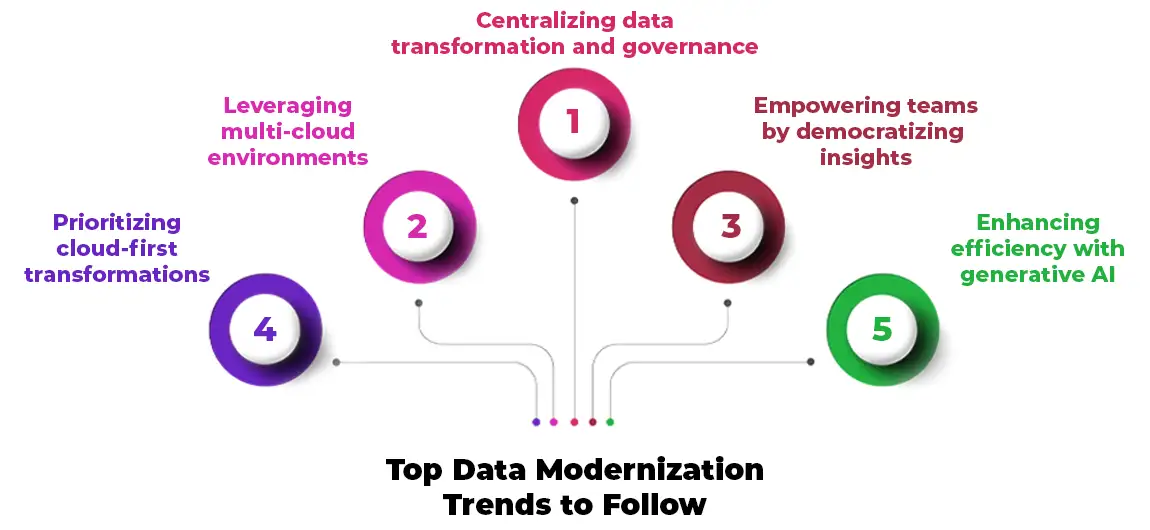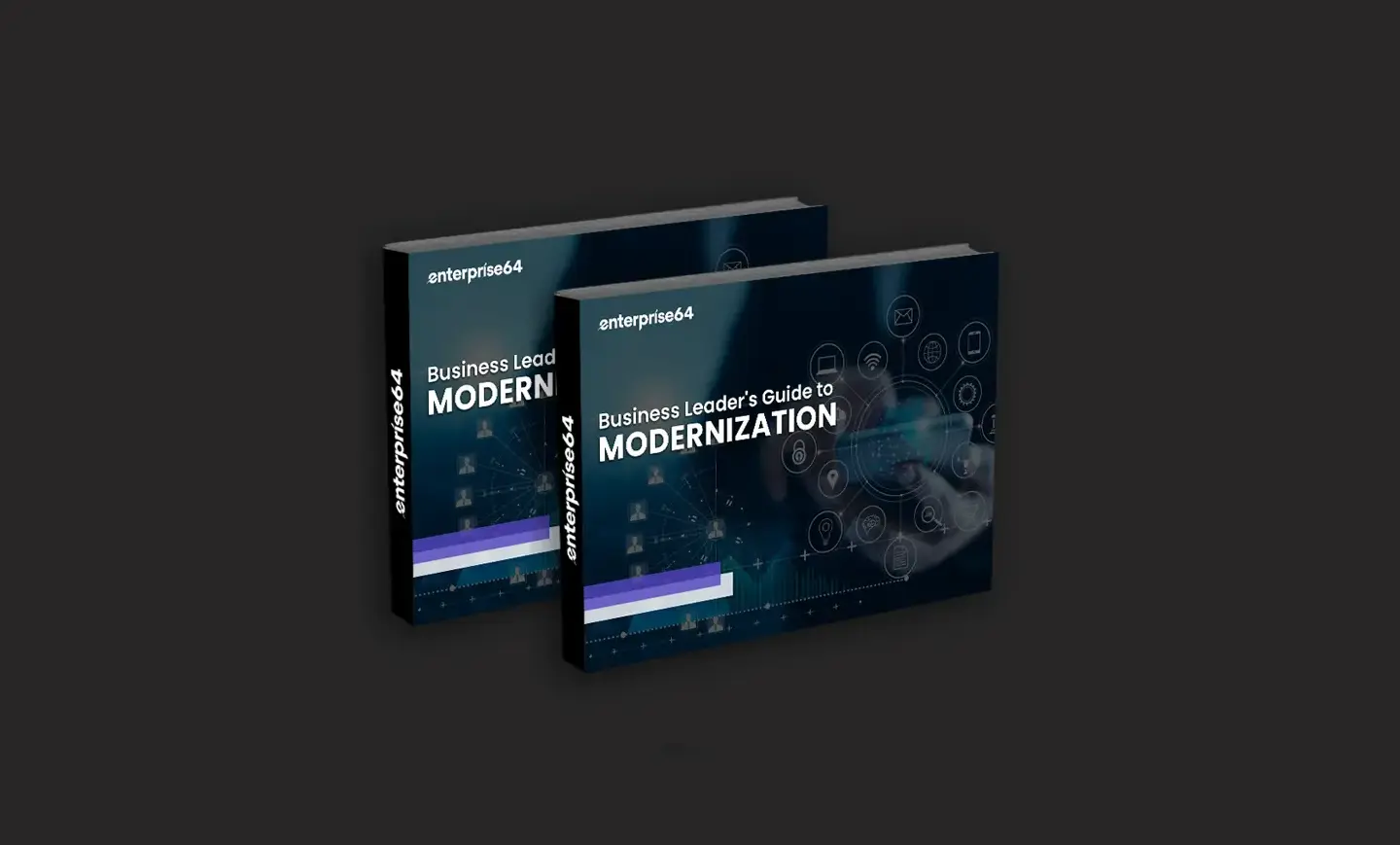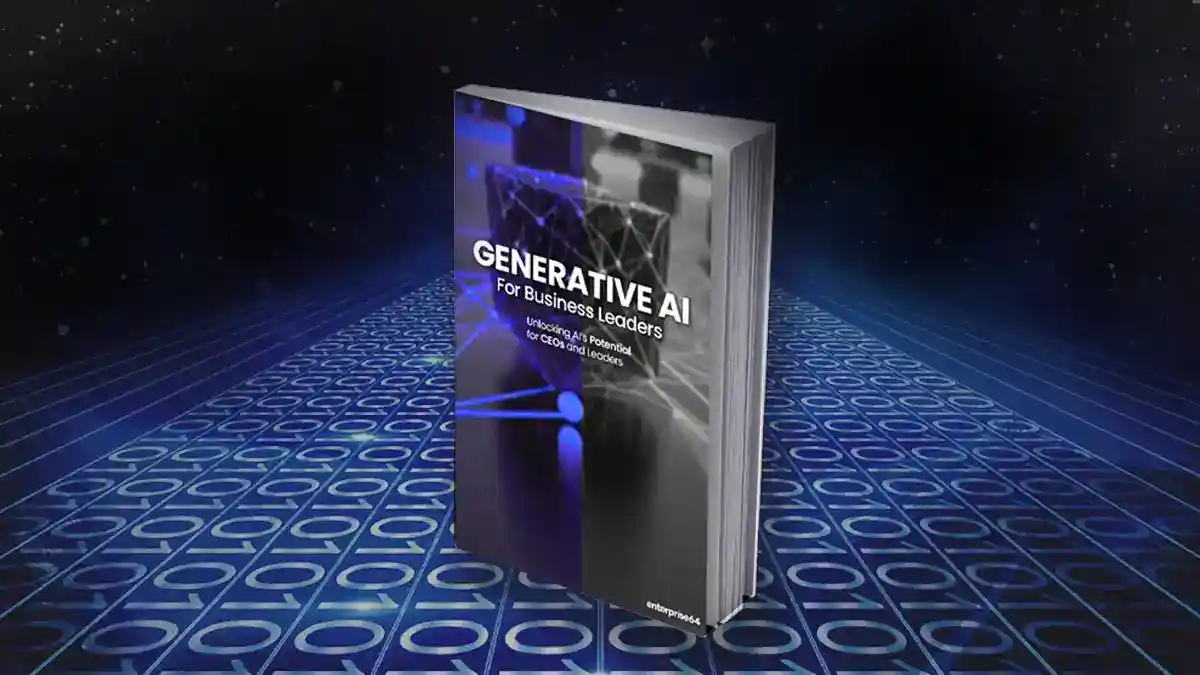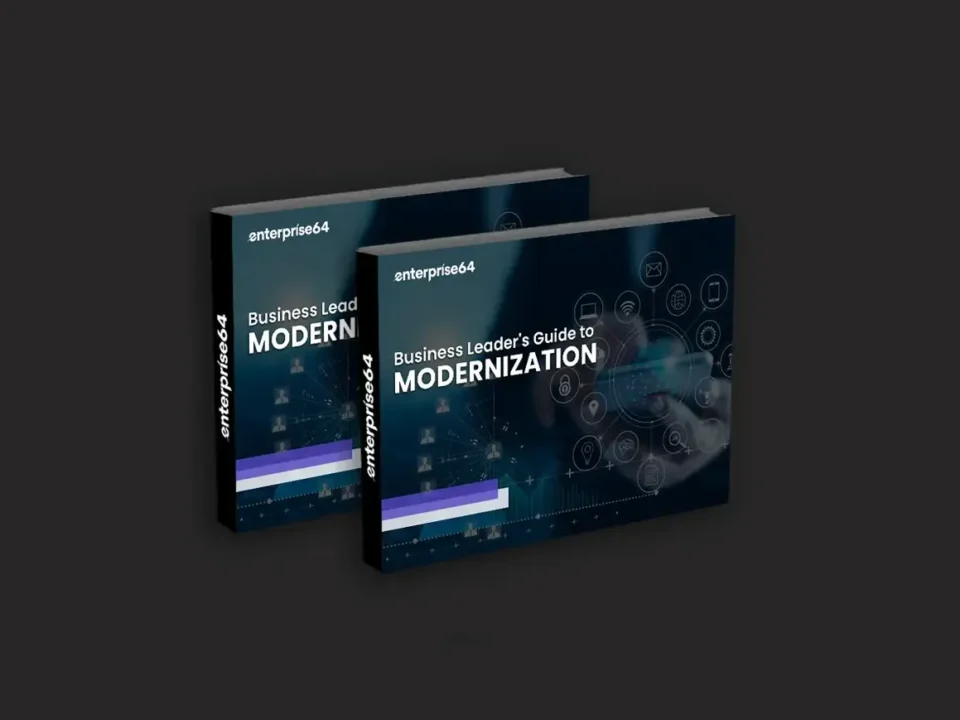Are you struggling to upgrade your company’s data infrastructure? If outdated systems and scattered silos are slowing you down, it’s time to revisit your data strategy or consider a data modernization approach.
In this article, we’ll discuss the best data modernization trends businesses must consider when upgrading data, tools, and infrastructure.
What is Data Modernization?
Data modernization involves updating and transforming a company’s data systems, infrastructure, and practices to improve its accessibility, usability, and value.
The approach includes migrating siloed databases from legacy systems to modern cloud-based platforms that handle both structured and unstructured data. By integrating and transforming data, technical teams can break down silos, allowing seamless access to insights across departments.
However, in addition to opting for a “data-first” approach, business leaders must be mindful of current data modernization trends that will allow them to make the most of their data strategy.
Data Modernization Trends
From system optimization to integration with cloud platforms, the following data modernization trends are forcing businesses to shift from legacy systems to modern applications.
1. Prioritizing cloud-first transformations
Adopting cloud-first strategies remains one of the most sought-after approaches for digital transformation initiatives. Business owners no longer need physical infrastructure; their counterparts provide businesses with efficient scalability, cost-efficiency, and flexibility.
Organizations can readily scale resources, adapt to changing market trends, and significantly lower operational overhead. Moreover, cloud platforms enable teams to leverage advanced technologies like machine learning, serverless computing, and generative AI, which require immense computational power.
Even industries with strict regulatory requirements, such as healthcare, legal, etc., are moving towards hybrid environments, merging on-premise systems with cloud flexibility to modernize operations and maintain compliance.
Business owners now see reduced infrastructure costs, improved operational agility, and seamless access to AI-driven tools essential for decision-making. Hence, a sufficient reason to consider cloud-first transformations in your data modernization strategy.
2. Leveraging multi-cloud environments
One of the best data modernization trends in demand, a multi-cloud strategy has become a long-term advantage for businesses undergoing mergers, acquisitions, or other market changes. In doing so, organizations often acquire various technology stacks of their partners as well.
A company acquiring another business may inherit an AWS-based infrastructure while already using Microsoft Azure. The company can employ a multi-cloud strategy and integrate both platforms effectively, leveraging the strengths of each without incurring costly migrations or disruptions.
Organizations use multi-cloud environments that allow them to align to specific tasks, optimize performance, and reduce reliance on a single vendor. This approach frees IT managers from vendor lock-ins and ensures critical systems remain available and operational during outages or downtime.
Additionally, your teams can use platforms like Snowflake and Salesforce Data Cloud to simplify data integration and activation across systems. Companies are using private, public, or a combination of both cloud solutions to minimize risks. By tailoring cloud solutions to meet unique challenges, companies can streamline workflows, reduce operational costs, and quickly adapt to market demands and technological advancements.
Handpicked content: Legacy vs. Modern: Transform Your Business with Application Modernization
3. Centralizing data transformation and governance
If your company is too quick and impatient with digital transformation, using fragmented data systems can lead to inefficiencies, inconsistencies, and governance issues.
For example, if a company uses fragmented data systems, customer data might be duplicated or stored inconsistently across different platforms. These kinds of situations can lead to governance issues, such as failing to adhere to data privacy regulations like GDPR, which can result in fines and reputational damage.
That is why smart organizations use platforms like Snowflake or modern Lakehouse architectures. Such platforms allow you to centralize transformation and governance and resolve these challenges by creating a single source of truth for structured and unstructured data.
Moreover, teams can reduce operational silos by centralizing data catalogs and unified semantics to ensure consistent logic and better compliance. This centralized approach also facilitates seamless data sharing, ensuring business leaders collaborate more effectively
4. Empowering teams by democratizing insights
Today, industries like financial services, insurance, retail, etc. (which rely heavily on data) cannot remain locked in silos. Business owners demand quick, authentic data that is easily accessible beyond the confines of IT.
Companies looking forward to building a data-driven culture have started democratizing data—making it accessible and actionable for employees at all levels. Self-service analytics tools permit non-technical users to explore data, produce insights, and make informed decisions without relying on technical doorkeepers like data engineers, IT administrators, or business intelligence teams.
This shift benefits leaders by enhancing decision-making, reducing bottlenecks, and enabling seamless collaboration. It also empowers employees with intuitive tools and robust governance frameworks.
By breaking down silos and making data accessible to all authorized personnel, leaders can make informed decisions and create a culture where using the right data for the right purpose is encouraged.
5. Enhancing efficiency with generative AI
Generative AI, hype in itself, is also one of the most powerful data modernization trends for your business to capitalize on. Gen AI and intelligent agents are transforming productivity by incorporating AI-driven insights and automation into daily workflows.
These AI-driven tools streamline repetitive, manual tasks such as data summarization, report generation, or routine correspondences. Hence, it allows your workforce to focus more on functions demanding strategy and creative thinking.
In short, generative AI is helping data modernization jobs by redefining how businesses interact with, analyze, and utilize their data. By integrating generative AI tools into business operations, organizations empower teams by acquiring real-time actionable recommendations, leading to quick, more thoughtful collaboration.
For example, a company modernizing its data systems can use generative AI to automate data cleansing and integration during cloud migration. Such workarounds will ensure accurate, real-time data is readily available across all systems, enabling teams to avoid delays caused by fragmented or outdated data.
Handpicked content: The Role of Technology Modernization in Digital Transformation
Final Words
This concludes our article on the best data modernization trends businesses must pursue to stay competitive in today’s data-driven world.
You can discover your business’s potential by adopting cloud-first strategies, leveraging multi-cloud environments, centralizing governance, democratizing insights, and integrating generative AI.
You can even consult an experienced technology solutions provider to better understand how data management, cloud solutions, and Gen AI technologies can simplify business growth, customer acquisition, and digital presence.











